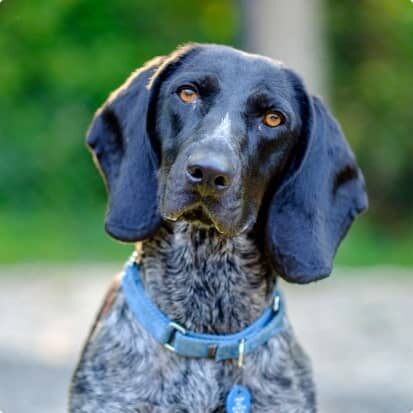Here at AWLA, we use reward-based training methods. We use many types of rewards such as play, toys, attention, and more, however, food rewards are one of the most common rewards we use (and many dogs’ favorite reward).
Beginner Tips:
- Be aware of where your hands are! If you are always holding treats or they are in your pocket, your dog will learn to focus on your hand or your pocket. Unless you are using the treat as a lure to learn a new behavior, toss treats on the floor instead of feeding them directly from your hand.
- Use a “marker” word (or a click from a clicker) when the dog does what you want, then reward them with a treat.
- Training treats should be small, soft, and stinky! Large treats take too long to chew, and crunchy treats are not usually tasty enough to motivate most dogs. To put it into perspective – would you rather work for broccoli or cupcakes?!
- Try not to have a training session if your dog just ate a full meal. A hungry dog will be more motivated to work for treats!
- Treats should not be in plain view of the dog. A training pouch or nail apron is perfect for holding treats when training.
- Always consider how exciting the treat is to the dog compared to what the dog is learning. Using high value treats in every situation can decrease the value of that treat. It can also cause over-arousal that may cause the dog to lose focus on the task. For example, a dog that already knows the “down” cue at home can be rewarded with something less exciting. However, on the first day of obedience class, in a room full of new dogs and humans, you’ll want to use a more exciting treat!
- Make sure to adjust your dog’s meals in accordance with how many treats they’ve eaten during training. This will help avoid weight gain!
- Vary the “rate of reinforcement”. If a dog learns that every time they sit, they get a treat, they may decide that one treat is not worth sitting for. To prevent this from happening, randomize how many treats you give the dog per cue. Sometimes give one treat, sometimes give six! Always make it random.
- If your dog stops eating treats, they may be stressed. Go back to a step in training where they are more comfortable.



